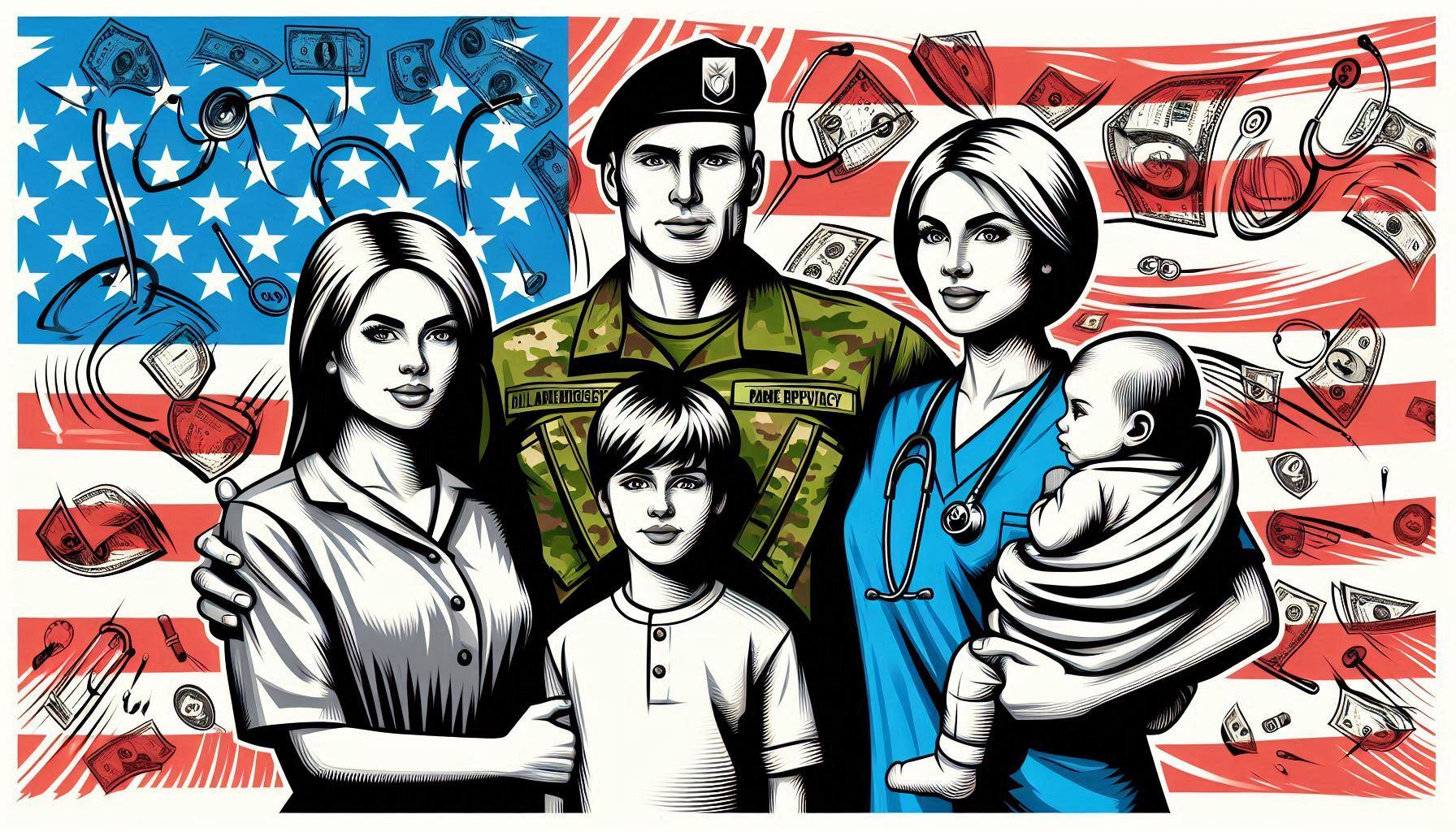Let's talk about health economics and social determinants in a context we don't discuss enough: military families. While much of our national conversation focuses on Veterans and active-duty service members (rightfully so), there's a larger ecosystem of health consumers we must consider – the families who serve alongside them.
When I look at the health data for the overall Warrior Community, I'm particularly struck by how military family health challenges represent a perfect storm of access barriers, care discontinuity, and mental health stressors – all of which drive both human and financial costs in our healthcare system.
The Economics of Disrupted Care
Think about this: military families relocate every 2-3 years on average. Each move represents:- Lost provider relationships
- Disrupted care continuity
- New administrative burden
- Care coordination challenges
- Potential gaps in treatment
From a health economics perspective, these disruptions create inefficiencies that ripple through both family health outcomes and healthcare system costs. Each gap in care potentially leads to more expensive interventions down the line.
Mental Health: The Hidden Cost Driver
The psychological impact of military life on families isn't just a health challenge – it's an economic one. Consider:
- Childhood anxiety and depression from frequent moves
- Spousal stress management during deployments
- Caregiver burden for those supporting injured veterans
- Secondary trauma exposure
- Constant rebuilding of support networks
These mental health challenges often manifest as physical health issues, driving up healthcare utilization and costs while decreasing workforce productivity and family wellness.
The Business Case for Specialized Care
Here's where it gets interesting from a market perspective: military families represent an ideal patient population for healthcare organizations because of:
- Stable insurance coverage
- Predictable utilization patterns
- High potential for patient loyalty
- Alignment with health equity initiatives
- Community goodwill benefits
Smart healthcare organizations should recognize this opportunity to both serve a deserving population and create sustainable business value. Unfortunately, few do.
A Healthcare Equity Imperative
When we examine military family healthcare through a health equity lens, we see classic barriers to care that require systematic intervention:
- Geographic mobility as a social determinant of health
- Cultural competency gaps in civilian healthcare
- Care coordination challenges
- Mental health access barriers
- Caregiver support needs
The Path Forward: Health System Transformation
Healthcare organizations need to evolve their delivery models to serve this population effectively. When you consider the Warrior Community—including family members—as a single, vulnerable population with a common culture and unique healthcare needs, it makes practical sense to develop a virtual Warrior population health practice area within the facility that serves not just the individuals, but the families:
1. Integrated Care Delivery
-
- Comprehensive screening for military service and family connection
- Military-culturally competent providers
- Care coordination specialists
- Mental health integration
- Social work support
2. Digital Health Solutions
- Telehealth platforms
- Electronic health record portability
- Digital care coordination tools
- Virtual support groups
3. Family-Centered Care Models
- Whole-family health screening
- Caregiver support programs
- Children's mental health services
- Spouse wellness initiatives
The Economic Bottom Line
Investing in specialized healthcare for military families isn't just the right thing to do – it's smart business. The upfront costs of developing specialized programs are offset by:
- Increased patient retention
- Better health outcomes
- Lower long-term care costs
- Enhanced market differentiation
- Stronger community relationships
My Take
As someone who's spent decades analyzing healthcare economics and social determinants of health, I see military family healthcare as a crucial intersection of market opportunity and social responsibility. Healthcare organizations that step up to meet this challenge will not only serve a deserving population but also position themselves for success in an evolving healthcare landscape.
The ripple effects of military service on family health represent both a challenge and an opportunity for our healthcare system. By developing specialized care models for military families, we can address a critical health equity issue while creating sustainable business value.
It's time for healthcare organizations to recognize military families as a distinct population within a population with unique needs – and to respond with innovative, comprehensive care models that address both the human and economic dimensions of their healthcare challenges.


